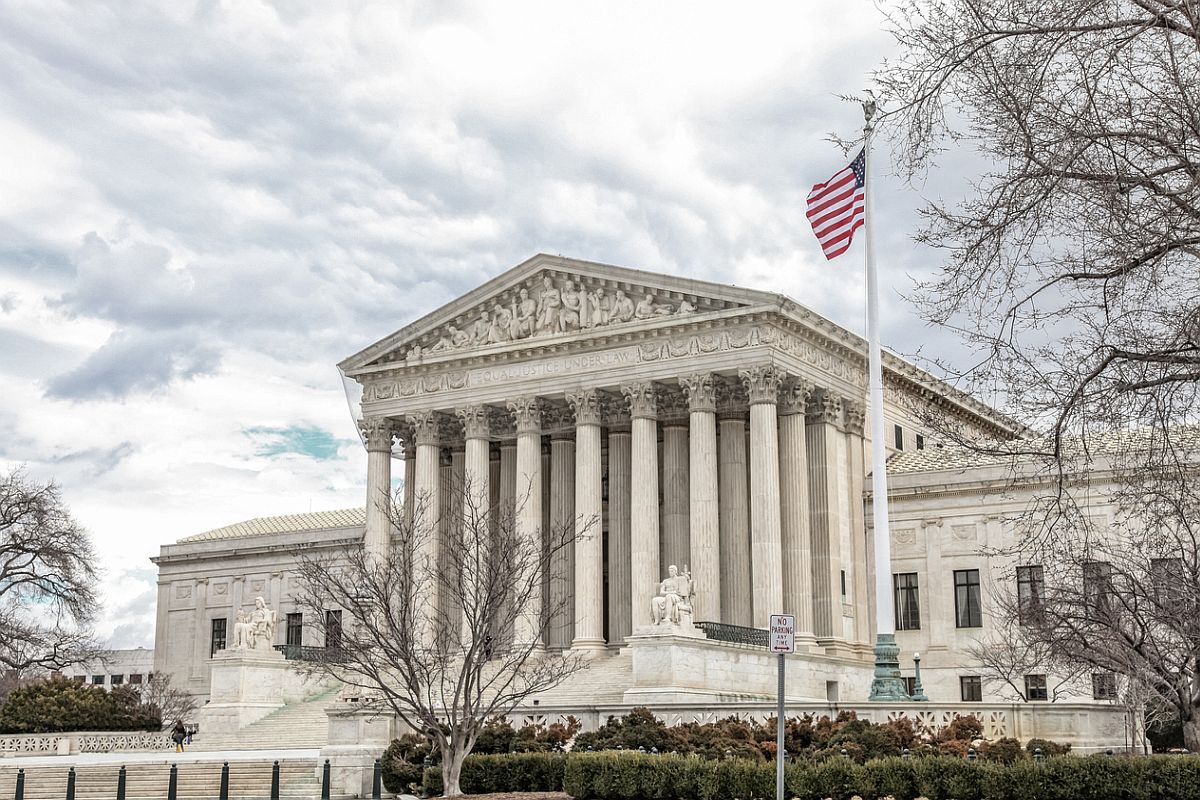While the US Supreme Court ruling striking down race-conscious admission rules based on a pair of cases challenging “affirmative action” at Harvard and the University of North Carolina has predictably stirred up a hornet’s nest globally, a close look at the observations made by the several judges throws up profound insights into several aspects of how diversity should be treated.
The relevance of the judgment in the Indian context can hardly be ignored. In the US context, affirmative action is a policy initiative in which a person’s race and ethnicity are taken into account to extend education opportunities, primarily aimed at minority groups who have been “disadvantaged” by the colour of skin or ethnicity and have been subject to historical prejudices.
Advertisement
The close analogy to India would be the reservation and quota system in higher education (and jobs). However, the fundamental difference between the two is that unlike in India, there is no specified “percentage” or quota in US educational institutions to promote affirmative action. In delivering the judgment, the US Supreme Court by a majority of 6:3 effectively overruled a landmark affirmative action precedent.
This predictably drew cheers from the Republicans and was denounced by the Democrats, with President Joe Biden and ex-President Barrack Obama leading the charge for the liberal lobby. However, what is interesting, and extremely relevant in the Indian context, is the rejection by the learned judges (of the majority opinion) of the concept of “stereotyping” of the supposedly disadvantaged “class”.
The court has not per se prohibited the universities from assessing the impact on a student’s life on the basis of his/her race or ethnicity. It opined that “nothing prohibits universities from considering an applicant’s discussion of how race affected the applicant’s life, so long as that discussion is concretely tied to a quality of character or unique ability that the particular applicant can contribute to the university … At the same time, as all parties agree, nothing in this opinion should be construed as prohibiting universities from considering an applicant’s discussion of how race affected his or her life, be it through discrimination, inspiration, or otherwise.”
In plain words, it is the stereotyping of the idea that race or ethnicity alone is a good reason for affirmative action that has been rejected by the verdict. Chief Justice John Roberts Jr, writing the lead judgment for the majority, stated: “Many universities have for too long wrongly concluded that the touchstone of an individual’s identity is not challenges bested, skills built, or lessons learned, but the color of their skin.” In India, this “stereotyping” of communities or the “historically deprived” is a potent instrument for the political class, irrespective of ideologies, to create vote banks.
Thus, we have a reservation policy that does not look into an individual’s particular case – but straitjackets him/her into a candidate for the quota system. Similarly, we have the minority or majority stereotypes. We have legislation created such that income from agriculture does not attract any tax, even though some members of that “class” may be earning in crores.
This ends up creating nothing but warring interest groups – and the resulting social conflicts provide fodder to the political class to “divide and rule” effectively. Such a state of affairs ends up being detrimental for those very sections of the population that it aims to benefit.
Even a strong proponent of “affirmation” or “positive discrimination” like Michelle Obama has recognized this fallacy in no uncertain terms. In the light of the recent judgement, it is pertinent to quote Mrs Obama (a strong critic of the judgement) herself : “Back in college, I was one of the few Black students on my campus, and I was proud of getting into such a respected school. I knew I’d worked hard for it.
But still, I sometimes wondered if people thought I got there because of affirmative action. It was a shadow that students like me couldn’t shake, whether those doubts came from the outside or inside our own minds,” she said. Justice Clarence Thomas, one of the six judges who gave a majority opinion, was of the clear view that “affirmative action hurts some of the people it is intended to help, including by stigmatizing students who would have been admitted regardless of race”. This is perhaps an unintended but still uncanny pointer to some of the tragic social issues seen in Indian campuses of late.
Thus, the process of reservation, “pigeon-holing” and quota that ends up providing indiscriminate advantage to individuals based solely on their caste or class (such as “farmers”) – irrespective of the personal situation or economic capabilities – is always fraught with the risk of being counterproductive and manipulative in the hands of the political class. Perhaps the evidence of this is nowhere starker than it is in India.
The recent US judgement on affirmative action throws up much food for thought for the Indian policymakers and social influencers.
(The writer is a chartered accountant and a freelance contributor.)











